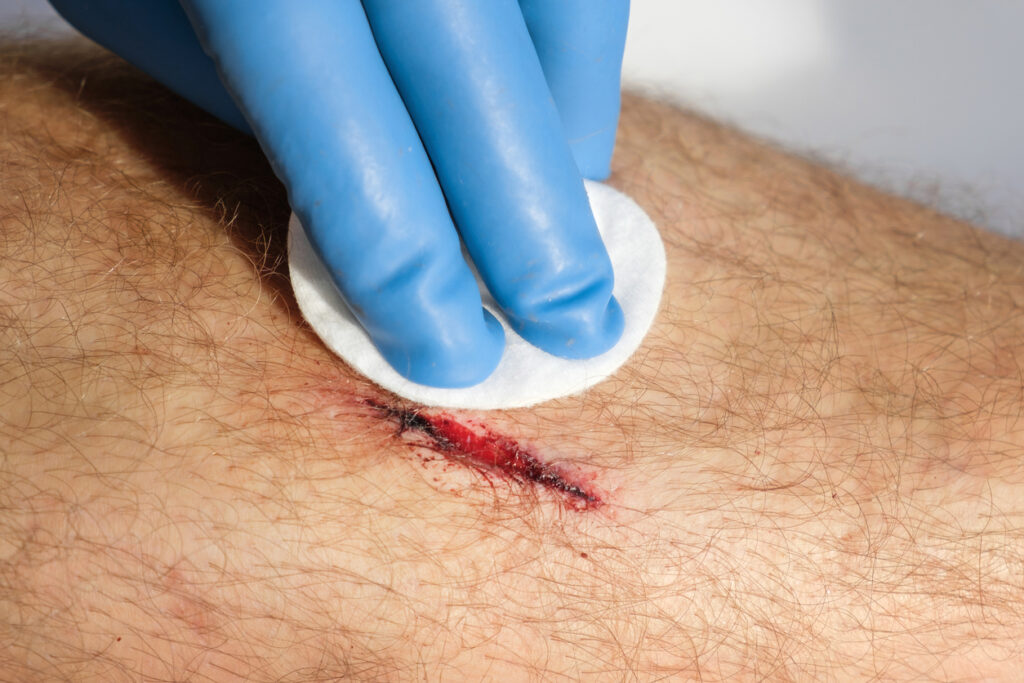New research aims to provide a digital protocol to generate a 3D acellular dermal scaffold for 3D bioprinting.
“Decellularised acellular dermal scaffolds (ADS) are an alternative to skin grafts and are developed by removing cells from the skin of a donor or an animal; this reduces the potential for rejection,” explains Dr Alison Ridel of the Department of Anatomy ar the University of Pretoria, in a news release. “Traditional decellularisation processes have various limitations, and may produce ADS with altered 3D structure, damaged proteins and decreased tensile strength.”
Emerging technologies like 3D bioprinting can overcome the challenges posed by traditional methods.
This requires collaboration between researchers who understood the biological need and processes required for effective wound healing and those who could develop and optimize the technological processes to create viable dermal scaffolds. The research team from the University of Pretoria integrated the 3D bioprinting technology of ADS with advanced technologies like micro-x-ray computed tomography scanning and Amira-Avizo software. This interdisciplinary approach bridges the gap between biological sciences and cutting-edge 3D imaging and bioprinting technologies.
This research on developing artificial dermal substitutes through 3D bioprinting is significant for several reasons. Firstly, by creating advanced dermal substitutes that replicate human skin, the research offers a promising solution for treating secondary intent wounds.
“This improves the healing process for patients with chronic and complex wounds, addressing a critical need in reconstructive medical engineering,” Hafiza Parkar says. “Secondly, 3D bioprinting enables us to create customisable acellular dermal scaffolds that can be tailored to the specific size, depth, and nature of each patient’s wound. This personalised approach enhances the efficacy of the treatment and ensures a better fit, potentially leading to faster and more efficient healing, relieving the strain on both the healthcare system and the patient.”
Furthermore, the precision of 3D bioprinting minimizes material waste, making the process more sustainable and cost-effective compared to traditional methods. This level of efficiency has the potential to make advanced wound care solutions more accessible to a broader range of patients.
“Effective wound healing not only affects physical recovery but also has psychological benefits,” Parkar says. “By accelerating healing, this reduces the risk of non-healing wounds forming; these are susceptible to infection and can take months or years to heal. As a result, patients may experience less anxiety and improved overall well-being, leading to a better quality of life during recovery.”


